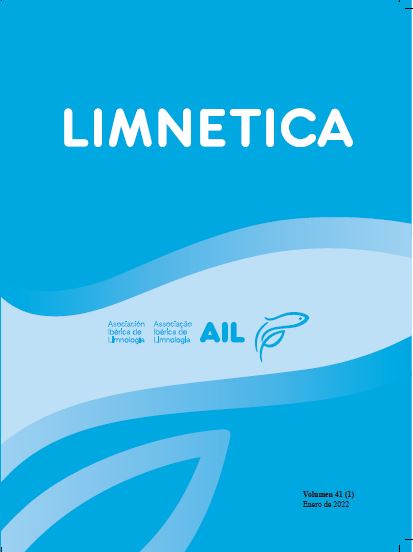The relevance of pelagic calcification in the global carbon budget of lakes and reservoirs
Resumen
Calcite precipitation acts as a carbon sink in the sediments and a short-term source of carbon dioxide (CO2) to the atmosphere, as widely acknowledged in marine studies. However, pelagic calcite precipitation has received limited attention in lakes. Here we use the relationship between lake water alkalinity and reported calcification rates to provide the first global estimate of pelagic calcification in lakes. Global gross calcification rates amount to 0.03 Pg C yr-1 (0.01 – 0.07) comparable to rates of organic carbon burial, whereas its related CO2 release is largely buffered by the carbonate equilibria. Calcification occurs at water alkalinity above 1 meq/L corresponding to 57 % of global lake and reservoir surface area. Pelagic calcification therefore is a prevalent process in lakes and reservoirs at the global scale, with a potentially relevant role as a sedimentary inorganic carbon sink, comparable in magnitude to the total calcite accumulation rates in ocean sediments
Descargas
Publicado
Número
Sección
Licencia
Los autores que publican en esta revista están de acuerdo con los siguientes términos:
- Limnetica está bajo una licencia de Creative Commons Atribución-NoComercial 4.0 Internacional.
b. Los autores pueden establecer por separado acuerdos adicionales para la distribución no exclusiva de la versión de la obra publicada en la revista (por ejemplo, situarlo en un repositorio institucional o publicarlo en un libro), con un reconocimiento de su publicación inicial en esta revista.
c. Se permite y se anima a los autores a difundir sus trabajos electrónicamente (por ejemplo, en repositorios institucionales o en su propio sitio web) antes y durante el proceso de envío, ya que puede dar lugar a intercambios productivos, así como a una citación más temprana y mayor de los trabajos publicados (Véase The Effect of Open Access) (en inglés).


